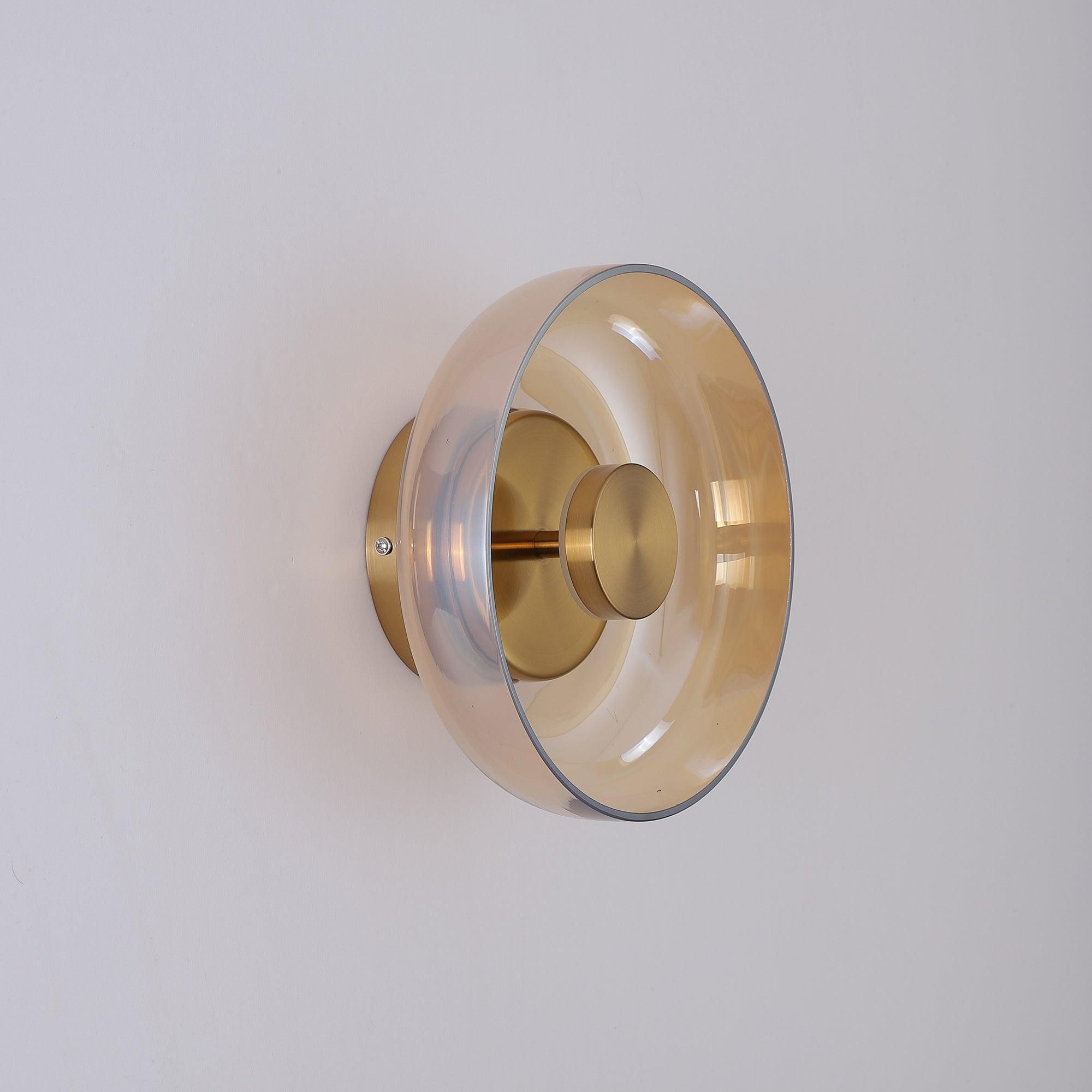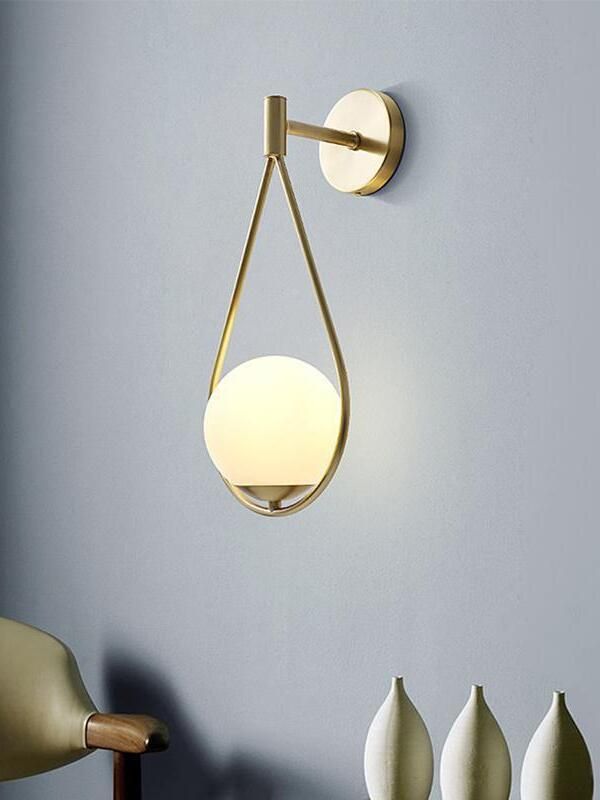
When it comes to choosing the right LED lights for your home or office, there are a few key factors to consider in order to make the best decision for your needs. LED lights have become increasingly popular in recent years due to their energy efficiency and long lifespan, but not all LEDs are created equal. Here are some tips to keep in mind when shopping for LED lights:
First and foremost, consider the brightness of the LED light. This is typically measured in lumens, and the higher the number of lumens, the brighter the light will be. Think about the size of the room or area where the light will be installed and choose a light with the appropriate lumens to provide adequate lighting.
Next, consider the color temperature of the LED light. This is measured in Kelvins and determines whether the light will be warm or cool in tone. Warmer tones, around 2700-3000K, are typically used in living spaces for a cozy, inviting feel, while cooler tones, around 4000-5000K, are better suited for task lighting in areas like kitchens or offices.
Another important factor to consider is the CRI (Color Rendering Index) of the LED light. This measures how accurately the light source displays colors compared to natural daylight. A higher CRI, typically over 80, will provide more accurate color representation, which is important for tasks that require precise color matching, such as in art studios or makeup application.
When it comes to the design of the LED light, consider the shape and size of the fixture as well as the color and finish. LED lights come in a variety of shapes, including bulbs, strips, panels, and fixtures, so choose the one that best fits your aesthetic preferences and installation needs. Additionally, consider the color and finish of the fixture to ensure it complements your existing decor.
Lastly, consider the energy efficiency and lifespan of the LED light. LED lights are known for their energy efficiency, using significantly less power than traditional incandescent or fluorescent lights. Look for lights with the Energy Star label, which indicates they meet strict energy efficiency guidelines. LED lights also have a long lifespan, typically lasting 25,000-50,000 hours, so you won’t have to worry about frequent replacements.
In conclusion, when buying LED lights, consider factors such as brightness, color temperature, CRI, design, energy efficiency, and lifespan to ensure you choose the right LED light for your needs. By taking the time to research and compare different options, you can find the perfect LED light for your space that will provide long-lasting, energy-efficient lighting for years to come.
 Decoration Ideas
Decoration Ideas









